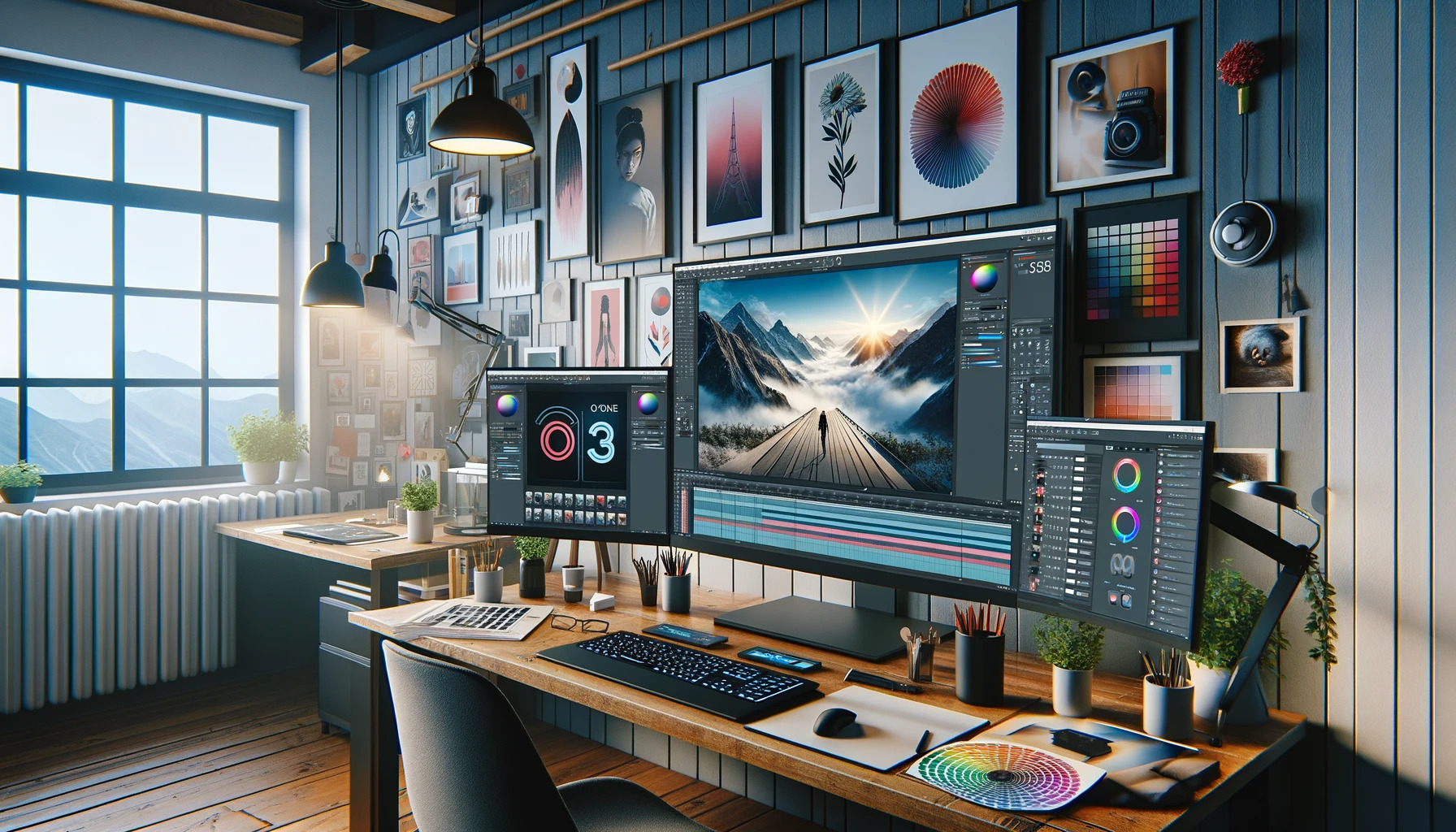Adapting Upscaled Images for Different Platforms
By Roberto
Published March 11, 2024
 Adapting Upscaled Images for Different Platforms
Adapting Upscaled Images for Different Platforms
In today's digital age, upscale images play a crucial role in ensuring that content stands out across various online platforms. However, adapting these enhanced visuals to different media requires a nuanced understanding of upscaling challenges and solutions. This article delves into the intricacies of tailoring upscaled images for diverse platforms, ensuring both compatibility and visual appeal.
Understanding Upscale Images
An upscale image is a visually enhanced version of an original file, where its resolution has been increased using sophisticated algorithms. This process improves the clarity and detail of images, making them more suitable for larger displays or print formats. Yet, the journey from upscaling to successful platform adaptation involves several critical steps.
Upscaling Vector Images
Vector images are pivotal in this process because they can be scaled indefinitely without losing quality. Upscaling vector images is somewhat different from raster images; it involves adjusting mathematical equations rather than pixel manipulation. This characteristic makes vectors especially suited for branding materials that need to be resized across various platforms.
Image Upscaling Resolution Limits
Despite advancements in upscaling technology, we must acknowledge image upscaling resolution limits. Not all images can be upscaled indefinitely without degradation in quality. Understanding these limits is essential when preparing images for different media, ensuring that the upscaled content remains visually appealing without pushing the boundaries of resolution capabilities.
Upscale Image Size Optimization
Upscale image size optimization is a critical consideration in this process. It involves balancing the enhanced resolution of an upscaled image with the file size constraints of different platforms. Optimizing images for web use, for instance, requires a keen eye on loading times, which directly impacts user experience and SEO rankings.
Tailoring Upscaled Images for Various Platforms
Adapting upscaled images for different platforms involves more than just resizing. Each platform has unique specifications and user expectations that must be considered. Here's how to tackle this challenge across different mediums:
1. Social Media
Social media platforms are diverse, with each channel sporting its own preferred image dimensions and aspect ratios. Key considerations include:
- Aspect Ratio: Tailor the image to fit the platform's preferred aspect ratio, whether it's square, landscape, or portrait, to avoid unwanted cropping.
- Compression: Platforms like Instagram and Facebook compress images upon upload, so it's crucial to optimize for quality beforehand.
2. Websites and Blogs
Websites and blogs demand high-quality images that are optimized for quick loading:
- Responsive Design: Images should be responsive, scaling seamlessly across devices without losing clarity.
- File Size: Use tools to compress the file size without compromising the visual quality, enhancing the user's browsing experience.
3. Print Media
Print media requires a different approach, focusing on resolution and color accuracy:
- High DPI: Ensure the image has a high dots per inch (DPI) count, suitable for printing.
- Color Profiles: Adapt the color profile to CMYK for accurate color reproduction in printed materials.
4. Email Campaigns
Emails have strict size limitations, making optimization a priority:
- Balance Quality and Size: Find the sweet spot between image quality and file size to prevent email bloat.
- Test Across Clients: Different email clients display images differently, so it's essential to test your visuals across a range of platforms.
Best Practices for Adapting Upscaled Images
To successfully adapt upscaled images for various platforms, consider the following best practices:
- Understand Platform Requirements: Familiarize yourself with the specific image requirements of each platform you're targeting.
- Test Extensively: Preview your upscaled images on different devices and platforms to ensure they look as intended.
- Optimize for Loading Times: Balance visual quality with load times, especially for web use, to improve overall user experience.
- Stay Updated: Platform guidelines and best practices evolve, so it's vital to stay informed about the latest changes.
Conclusion
Adapting upscaled images for different platforms is a nuanced process that requires a deep understanding of both upscaling challenges and solutions and platform-specific requirements. By mastering the art of upscaling vector images, acknowledging image upscaling resolution limits, and prioritizing upscale image size optimization, creators and marketers can ensure their visuals are both stunning and suitably adapted for their intended medium. This strategic approach not only enhances visual engagement but also ensures that the upscaled images fulfill their potential in capturing and retaining audience attention across diverse digital landscapes.